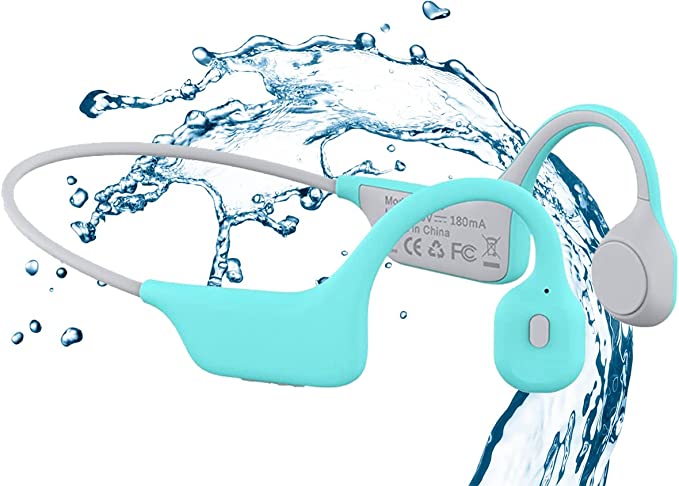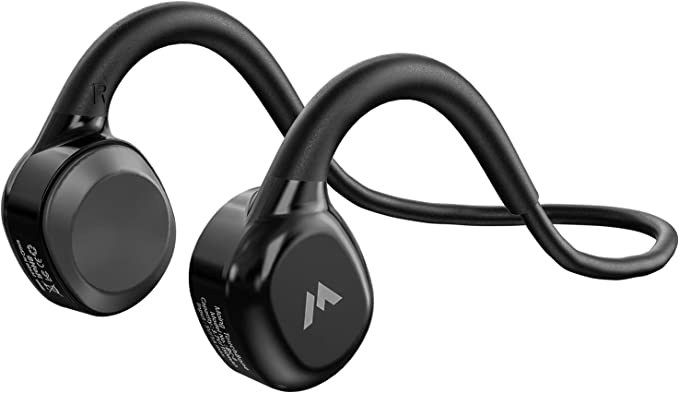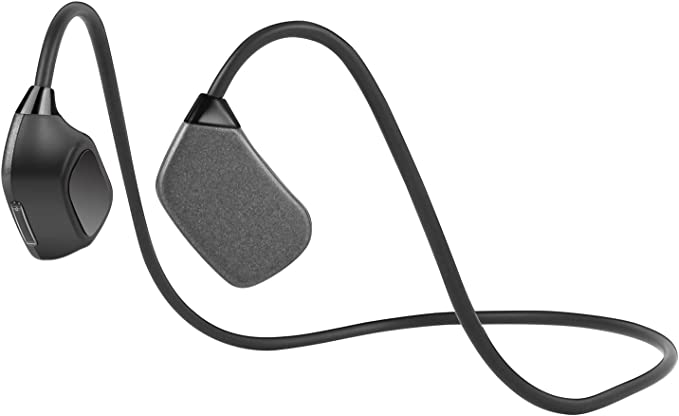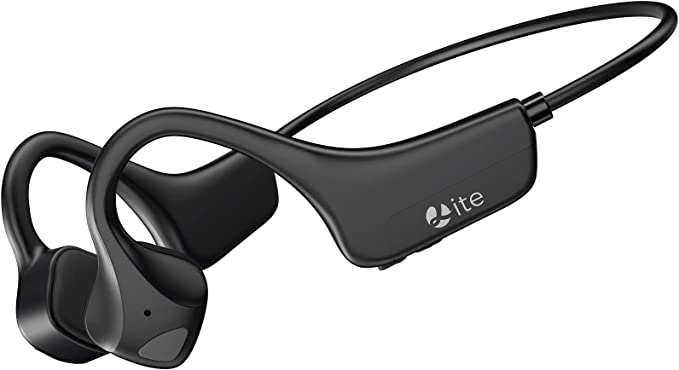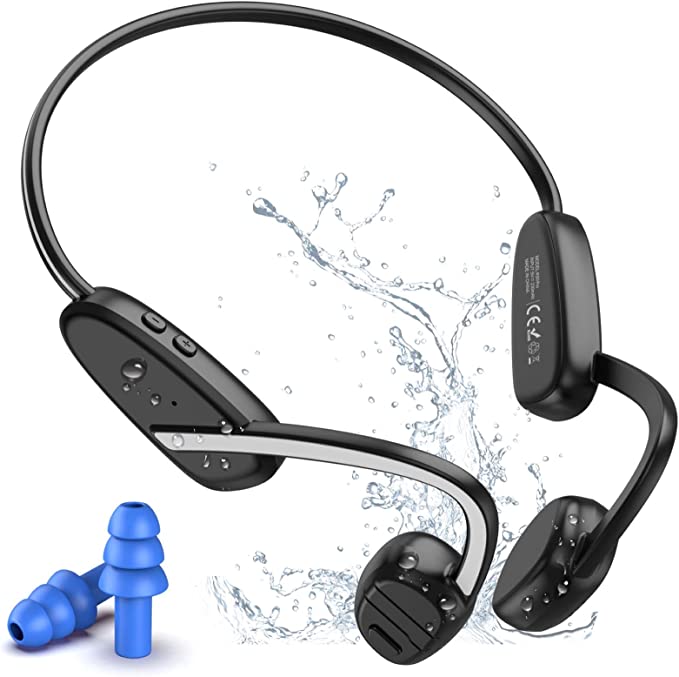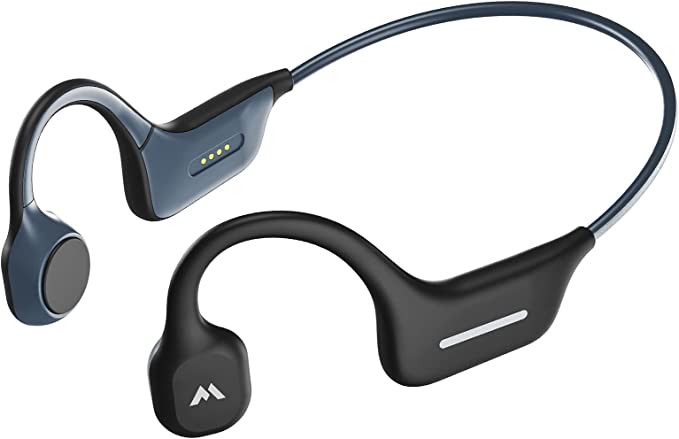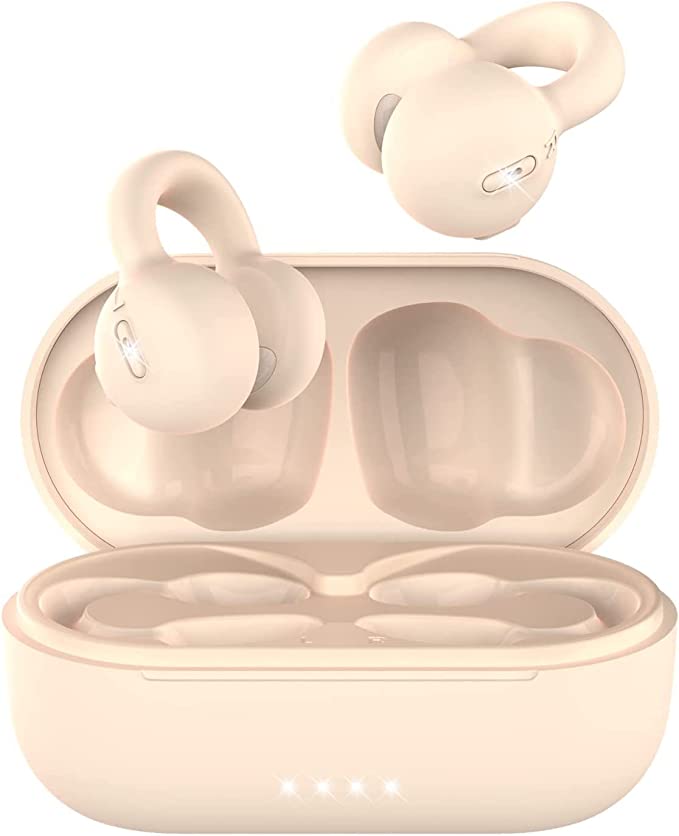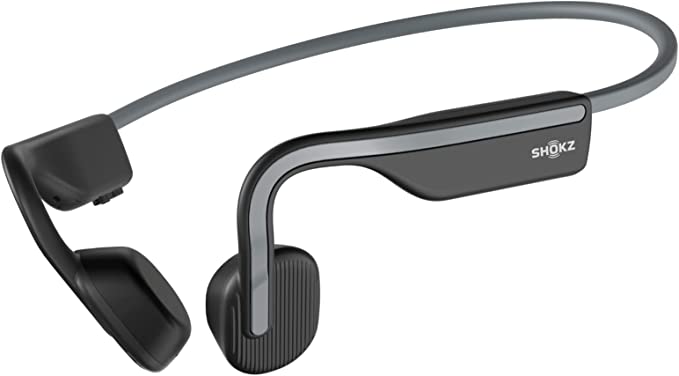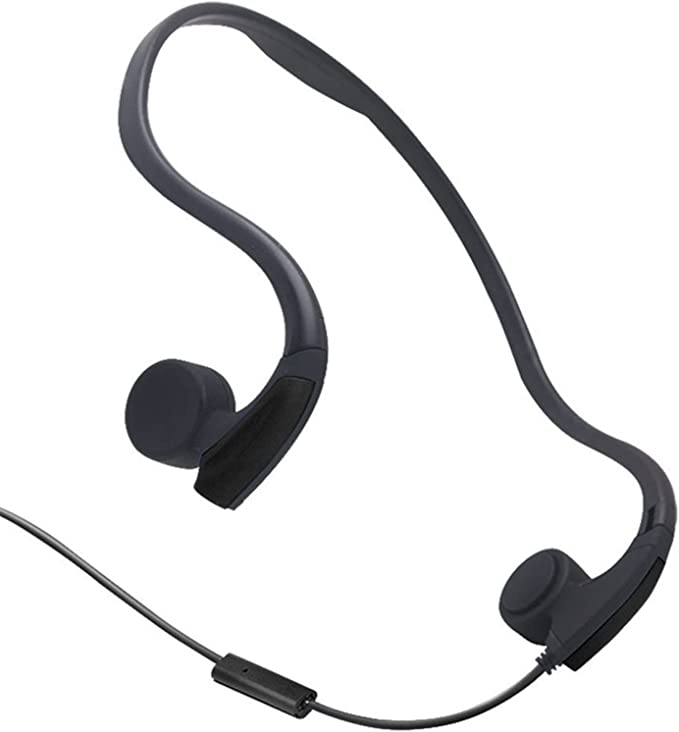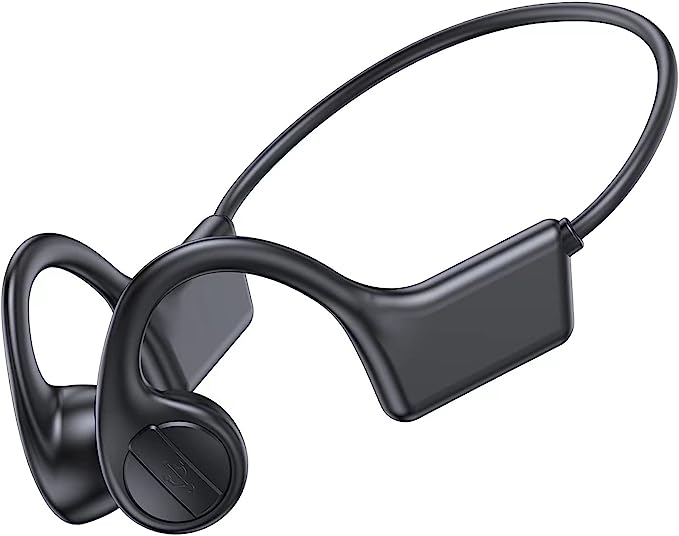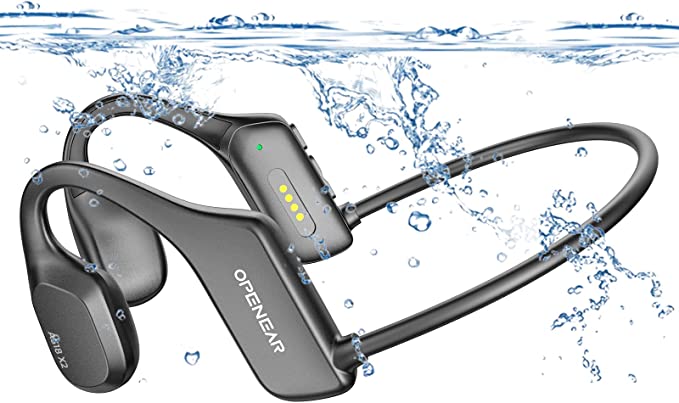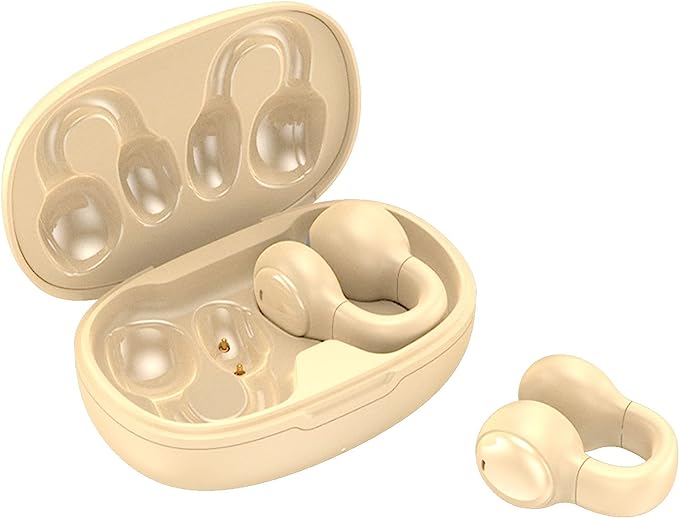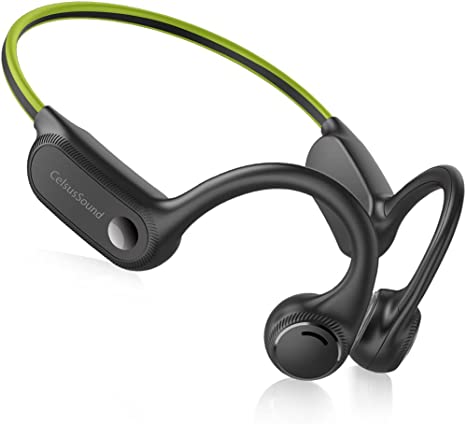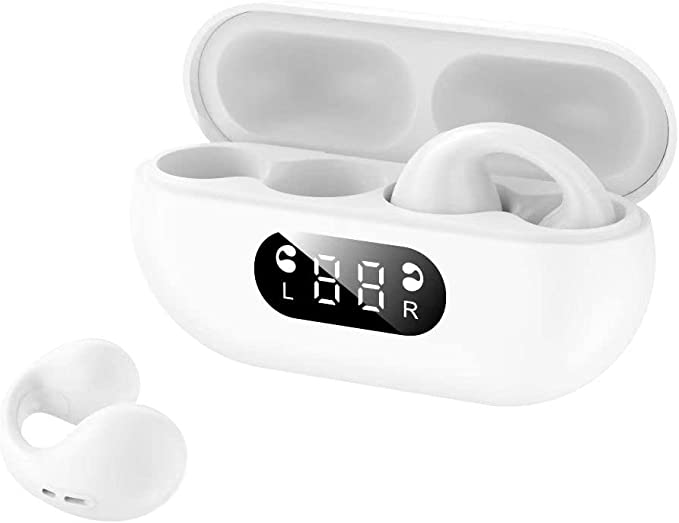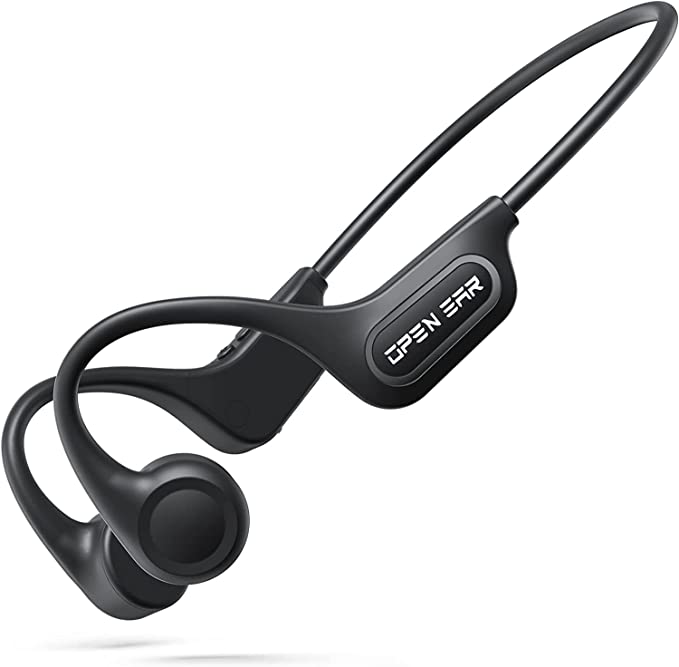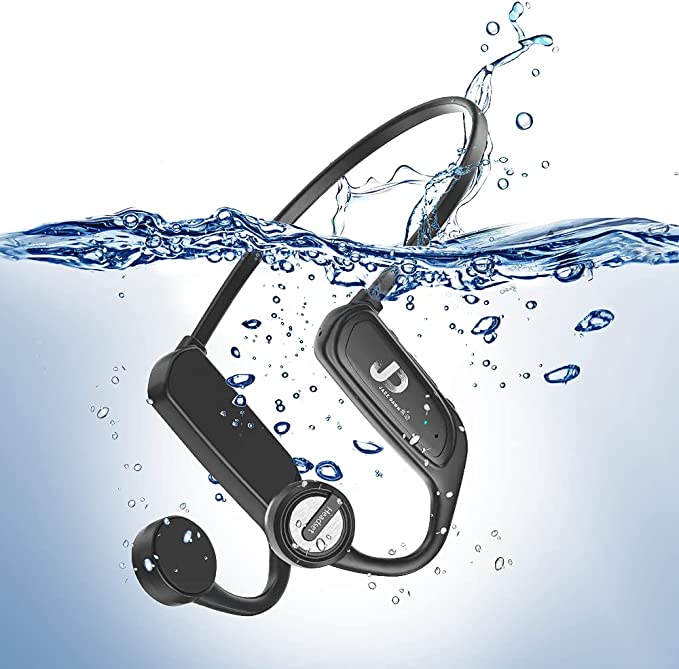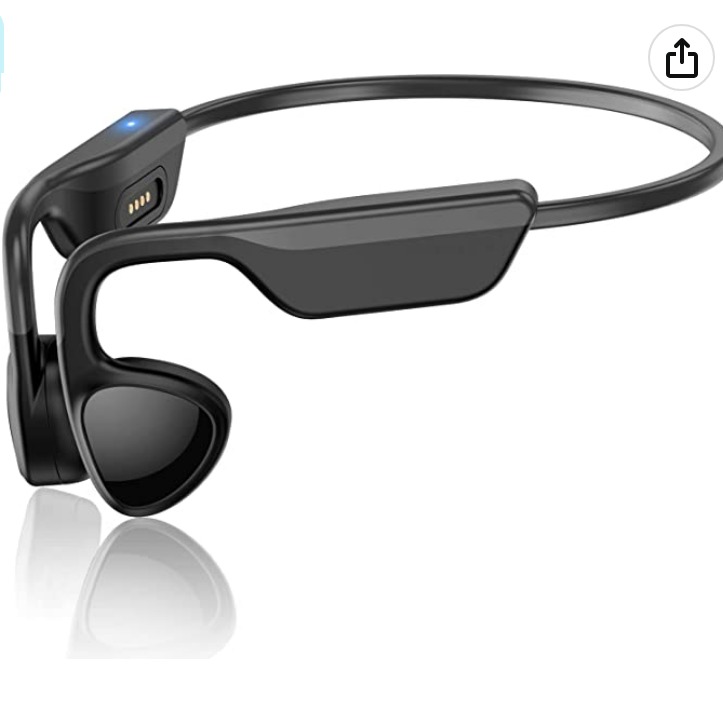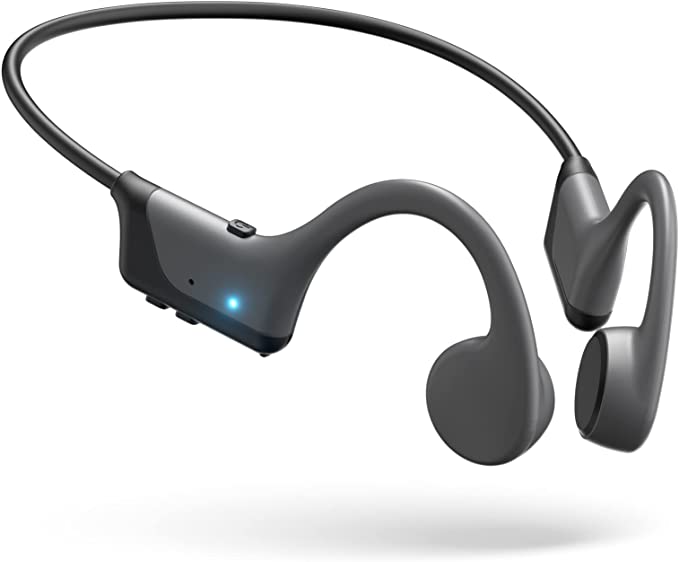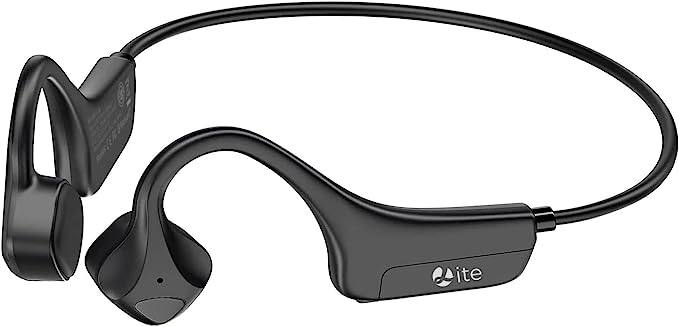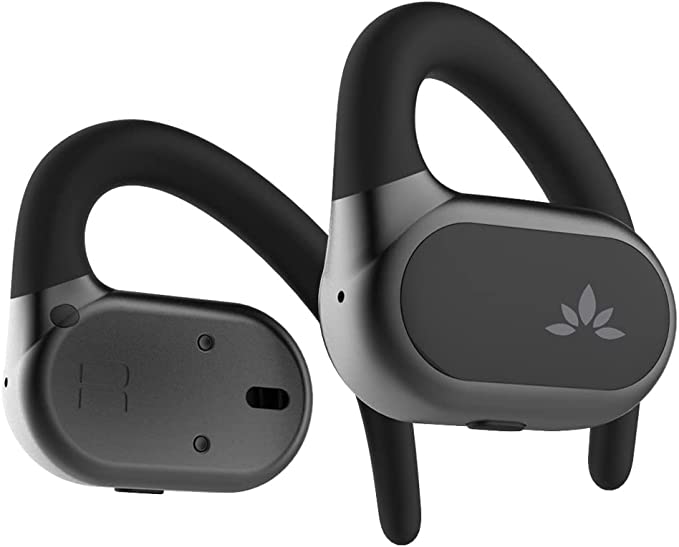KARFOO W9 : The Truth About Budget Bone Conduction Headphones
Update on Aug. 12, 2025, 3:55 p.m.
Long before the first earbud was ever twisted into an ear canal, Ludwig van Beethoven, profoundly deaf, discovered he could still hear the notes of his piano. He did so by biting down on a wooden rod pressed against the instrument’s soundboard, allowing the music’s vibrations to travel directly through his jawbone to his inner ear. This was not magic; it was a raw application of a fascinating scientific principle: bone conduction.
Today, this 19th-century phenomenon is marketed as a 21st-century solution. The promise of open-ear headphones, which use this very principle, is profoundly alluring. Imagine cycling through city streets, aware of the traffic around you while a podcast hums in the background. Picture working in a busy office, listening to focus music without missing a colleague’s question. This is the world that bone conduction technology claims to unlock.
Entering this burgeoning market is the KARFOO W9, a set of sports headphones promising all the benefits of bone conduction at a budget-friendly price point. It represents a tempting portal into this new way of listening. But as with many things that seem too good to be true, it warrants a closer look. Is this a genuine piece of auditory innovation, or is it merely a clever illusion wrapped in marketing-speak? This is a story about sound, science, and the healthy dose of skepticism required to navigate the modern tech landscape.

The Science of a Silent Soundwave
To understand what bone conduction headphones claim to do, we must first appreciate how we normally hear. Traditional headphones and earbuds utilize air conduction. They create sound waves that travel through the air in your ear canal to vibrate your eardrum. This vibration is then passed through a series of tiny bones in the middle ear until it reaches the cochlea, the snail-shaped organ of hearing in your inner ear, which converts it into electrical signals for your brain.
Bone conduction offers a clever bypass. Instead of using the air as a medium, it employs a transducer—a small vibrating pad—that rests on the bones of your skull, typically the cheekbones just in front of the ears. This device generates minute vibrations that travel directly through your bones to that same cochlea, skipping the eardrum and middle ear entirely. It’s a secret, silent pathway to your auditory system.
This elegant solution, however, comes with inherent, unalterable trade-offs dictated by physics. Transmitting sound through solid bone is less efficient than through air, especially for lower frequencies. This is why bone conduction audio is often described as lacking the deep bass and rich fidelity of its traditional counterparts. Furthermore, because the transducers are vibrating in the open air, some of that energy inevitably creates conventional sound waves, leading to sound leakage—the phenomenon where people nearby can faintly hear what you’re listening to. A high-quality bone conduction headphone is therefore a masterful act of engineering, balancing situational awareness against audio quality and minimizing leakage.

Anatomy of a Promise: Deconstructing the W9
On its product page, the KARFOO W9 presents itself as a modern contender. It boasts a “very lightweight titanium alloy material,” a key feature for comfort during long workouts. But as we delve into the specifications, the clean narrative begins to fracture, revealing a series of puzzling inconsistencies.
The first red flag is the Bluetooth version. The product title proudly advertises “True Wireless Bluetooth 5.3,” the latest standard known for improved efficiency, stability, and lower latency. Yet, according to a user review by “Cypher,” who references the included pamphlet, the device actually operates on the older Bluetooth 5.0 standard. While not a catastrophic downgrade for casual listening, this discrepancy is more than just a number; it is a direct contradiction between what is promised and what is delivered, raising immediate questions about the manufacturer’s transparency.
This pattern of inconsistency continues with the waterproofing rating. The title claims an IPX7 rating, which, according to the International Electrotechnical Commission (IEC) standard, means the device can be submerged in up to 1 meter of water for 30 minutes. The product description, however, states it is IP67. The ‘6’ in IP67 denotes total protection against dust ingress, a feature not guaranteed by IPX7. While IP67 is technically a better rating, the confusion itself signals a careless approach to product information.
Finally, there’s the battery life. The advertisement suggests up to 8 hours of music playback, a respectable figure for a full day’s use. The pamphlet, once again, allegedly tells a different story: 6 hours. For an endurance athlete or someone relying on the headphones for a full workday, those two hours are a significant loss. Taken individually, these might seem like minor quibbles. Collectively, they paint a portrait of a product whose identity is unstable and whose claims cannot be taken at face value.

The Investigation: A Trial by User Feedback
The most serious charge leveled against the KARFOO W9 goes beyond inconsistent specs and strikes at the very heart of its identity. The same user, “Cypher,” claims the product is a “Fraud,” asserting they are not bone conduction headphones at all, but rather air conduction headphones disguised in a bone conduction form factor. The claim is that they are essentially tiny speakers that sit near your ears, with significant sound leakage that makes them akin to being on a speakerphone.
This is a critical accusation. Is there a way to verify it? Fortunately, yes. A simple home experiment can often distinguish true bone conduction. First, while playing music, gently plug your ears with your fingers. If the headphones are working via true bone conduction, the sound should become clearer and feel more “internal,” because you’ve blocked out competing ambient sounds. If they are simply small speakers, the sound will become significantly muffled, just as it would if you plugged your ears while listening to a radio. This simple test empowers any user to become an investigator.
Other user experiences add layers to the puzzle. A review from “Brandon Andrew Goddard” points to a potential flaw in the “lightweight titanium alloy” construction, noting that “inner parts get loose over time,” creating a rattling noise that sounds “like a blown out speaker.” This suggests that while the frame may be titanium, the internal build quality might not withstand the very vibrations it’s designed to create—a classic case of sacrificing durability for cost.
Yet, it would be unfair to dismiss the W9 entirely. The open-ear concept itself clearly holds value for some. A user named “Lisa” provides a compelling use case, stating, “I Work In A Very Loud Busy Warehouse And Even With Everything Going On I Still Hear And Enjoy My Music.” For Lisa, pristine audio fidelity is secondary to the crucial need for situational awareness and safety. Her five-star review is not a judgment on the technology’s execution, but a testament to the design’s core philosophy. It highlights a fundamental truth: the “best” headphones are entirely dependent on the user’s primary need.

The Verdict: Beyond a Single Gadget
The KARFOO W9, with its 2.9-star rating and polarized reviews, is less a product to be recommended or condemned, and more a lesson to be learned. It serves as a perfect microcosm of the budget electronics market: a space filled with exciting promises, confusing specifications, and a vast gulf between marketing and reality.
The dream that Beethoven stumbled upon—the dream of a personal soundscape that coexists with the world around you—is a powerful one, and bone conduction technology is one of the most exciting paths toward it. But as this technology becomes more mainstream and affordable, the market will inevitably be populated by products that capture the form but not the function.
This leaves us, the consumers, in the role of the skeptic. The story of the KARFOO W9 is not really about a single pair of headphones. It’s a cautionary tale that equips us with a better framework for judgment. It teaches us to question specifications that seem inconsistent, to understand the scientific trade-offs inherent in a technology, and to perform our own simple tests before placing our trust in a product’s claims. When you next encounter a gadget that promises to revolutionize your world for a bargain price, remember Beethoven and his wooden rod. True innovation often resonates quietly, while its imitations tend to make the most noise.
